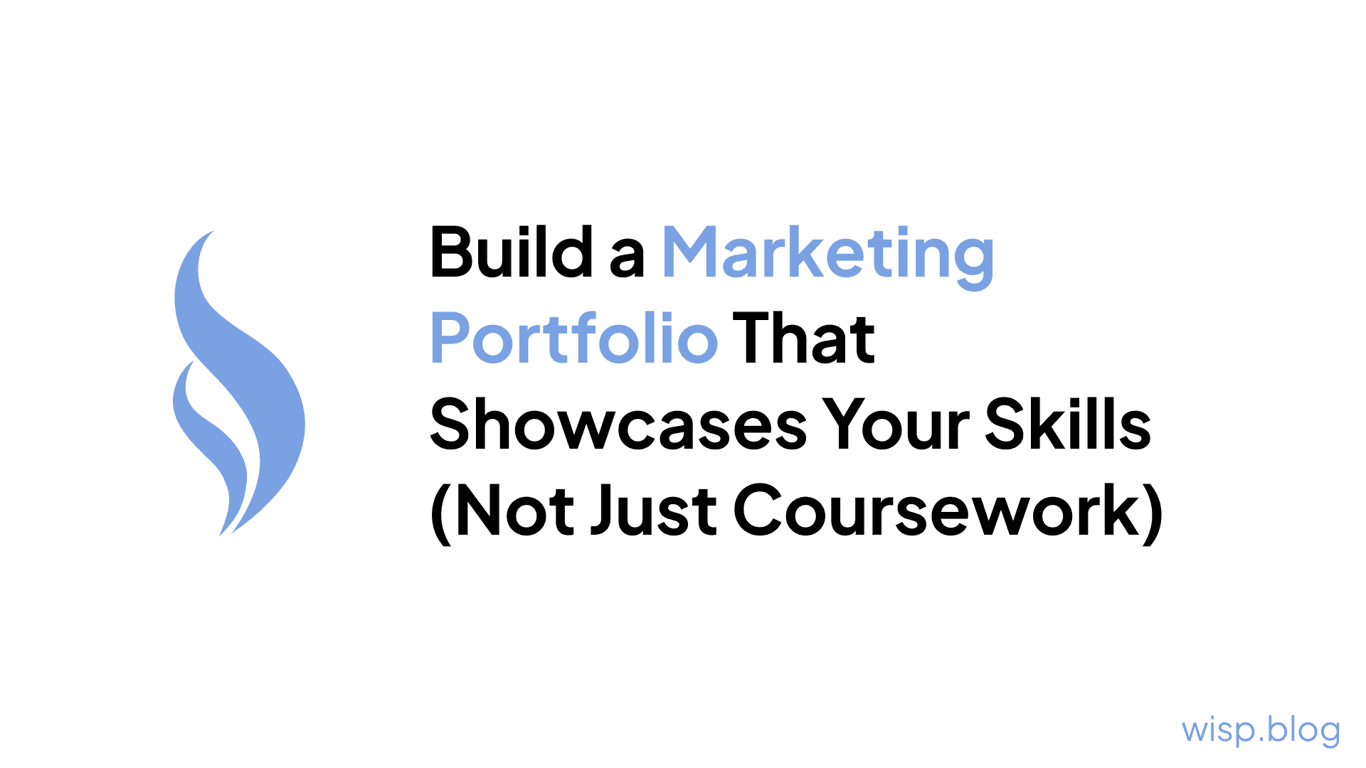
You've poured your heart and soul into honing your skills as a consultant. You've got an impressive body of work under your belt that showcases your unique talents and expertise. But for some reason, clients just aren't beating down your door. Your portfolio website gets little traffic, and the few leads that do trickle in seem to fizzle out without turning into real projects. You're starting to wonder if you'll ever be able to quit your day job and freelance full-time doing what you love.
It's incredibly frustrating putting so much effort into perfecting your craft, yet seeing so little return on investment for all that hard work. You've tried all the usual tactics - updating your website with new projects, sharing your latest work on social media, even paid for some ads here and there. But none of it seems to move the needle in attracting higher-quality leads and clients who truly appreciate your expertise.
Deep down, you start doubting whether your work is really as good as you think it is. Or maybe the market is just too saturated and competitive for your particular niche. You're losing motivation and the freelance dream that pulled you in feels further away than ever before.
What if the problem isn't your skills or the market conditions, but rather your portfolio itself? An online portfolio is meant to be so much more than just a digital archive of your past projects. When strategically crafted, it becomes a powerful sales tool that pre-qualifies prospects and convinces them to hire you before even speaking to you.
By optimizing your portfolio's messaging, structure, and user experience, you can transform it from a passive archive into a hyper-persuasive lead generation machine. You'll attract more of your ideal clients and better pre-sell them on your unique value proposition from the moment they land on your site.
Here are 7 keys to creating an online portfolio that sells your services on autopilot:
1. Craft a Compelling Narrative
Don't just list out projects one after another - take visitors on a narrative journey that hooks them from the start. Share the story of how you discovered your passion, the unique perspective that makes your work stand out, and the areas of expertise you've developed over years of experience and dedication.
For example, your portfolio could open with a captivating story of how a particular childhood experience sparked your interest in design/photography/coding etc. And how that spirit of curiosity and creativity has driven you to constantly explore new styles, techniques, and ultimately develop a signature aesthetic that clients rave about.
2. Highlight Specific Outcomes
For each featured project, go beyond just showing pretty pictures - quantify the measurable results and real-world value you delivered for that client. Were you able to increase revenue by a certain percentage? Reduce operational costs? Earn prestigious awards? Attract a huge new audience?
These concrete metrics make your skills tangible rather than just subjective. They show prospects that you don't just make things look good - you create work that positively impacts their bottom line.
3. Use Persuasive Case Studies
Instead of brief project descriptions, structure detailed case studies that walk through your process, key decisions made, challenges overcome, and most importantly - why those choices produced a successful outcome for that client.
For example, you could showcase how for Client X's website redesign, you made the strategic decision to prioritize Y and Z aspects based on their specific business goals and target audience. Despite the initial hurdles of A and B, you overcame them by implementing solutions C and D - resulting in a 25% increase in conversion rates and 35% more leads per month for that client after launch.
4. Speak Directly to Your Niche
Make sure your portfolio's language, visuals, and overall positioning laser-targets your specific niche, their needs, and the exact outcomes you can deliver for them. This makes it hyper-relevant to your ideal clients and filters out the rest.
For example, if you're a freelance copywriter specializing in SaaS companies, your portfolio should be peppered with software jargon, examples from well-known SaaS brands, and case studies showing how you've helped other SaaS clients increase activation rates, reduce churn, and so on. This niche specificity allows your ideal clients to immediately see you as the perfect fit.
5. Reduce Cognitive Friction
Pay obsessive attention to the user experience by making navigation intuitive, loading times fast, and content easily scannable. You want to hold visitors' attention and guide them down the conversion path with minimal effort.
Avoid overwhelming visitors with walls of text, complex menus, or loading times that kill urgency. Break sections up into bite-sized chunks using headlines, short paragraphs, and visuals. And design it to be responsive on all devices. The easier you make it to quickly consume your value, the more likely they'll take action.
6. Build in Calls-to-Action
Don't just hope visitors will miraculously contact you - strategically place lead capture forms, consultation offers, and other calls-to-action throughout your portfolio to convert interested prospects.
For example, you could have an exit-intent popup offering a free 30-minute strategy session for anyone leaving your site. Or a prominent "Hire Me" button in the main navigation that opens up an onboarding form. Or a slide-in form inviting visitors to join your email list and get a free downloadable guide.
Make it seamless for them to take the next step.
7. Optimize for Search and Share-ability
Implement on-page SEO best practices like optimizing titles, meta descriptions, header tags, image alt text and more with relevant keywords for your services. And integrate social sharing buttons so your work gets shared by others, driving a steady stream of inbound traffic.
You could also add a blog to your portfolio site using a cms like Wisp. This allows you to consistently publish valuable content that demonstrates your expertise and thought leadership. Blog posts optimized for SEO can drive even more targeted traffic of prospects actively searching for solutions you offer.
Each blog gives you an opportunity to provide free education and value to your audience upfront. This builds trust and allows you to pre-sell your services before they ever contact you. You can share insights, tips, tutorials, case studies, and behind-the-scenes looks at your work process.
The more you treat your portfolio site as an educational content hub in addition to a project showcase, the more effective it becomes at attracting and nurturing your ideal clients. Wisp makes it seamless to add a fully-integrated blog directly to your existing portfolio site in just a few clicks.
By treating your online portfolio as a living, breathing sales engine rather than a static archive, you'll be amazed at the transformation in your business. You'll finally attract a steady flow of your ideal clients who are pre-sold on your expertise from the moment they discover you online. The right projects will start finding you, instead of you chasing them down. And you'll be able to confidently make the leap to full-time freelancing doing work you're passionate about.
So start optimizing your portfolio today using these 7 keys. With a truly compelling online portfolio working for you 24/7, the freelance freedom you've been striving for is finally within reach. Also, if you do not have a portfolio right now, consider starting one because it can be the best marketing training for you.


